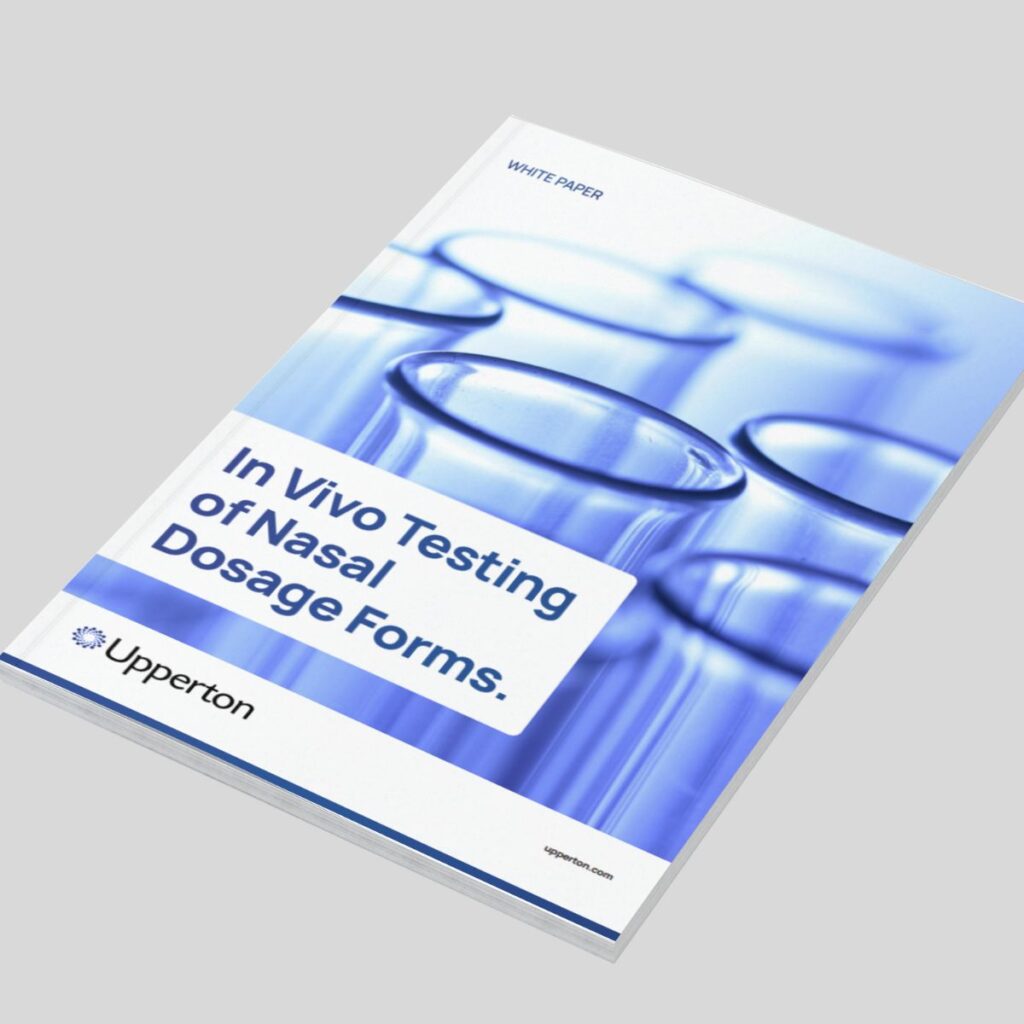- What we do
-
-
Routes of delivery
- Oral
- Nasal
- Nose to Brain
- Pulmonary
- Parenteral
-
Development stage
- Pre-clinical
- Phase I to Phase II
- Phase III - Commercial
Our Approach
- Selecting Your CDMO Partner
- Project Management
-
- About us
-
-
A CDMO like no other
- About Us
- Our Facilities
- Our History
- Awards and Achievements
-
Leadership Expertise
- Executive Leadership Team
- Board of Directors
- Careers
-
-
- Resources
- Events
- Contact

Nasal drug delivery has gained significant attention in recent years due to its potential for rapid systemic absorption, localized mucosal immunity, and direct nose-to-brain transport, bypassing the blood-brain barrier. This interest has been amplified by FDA approvals of innovative intranasal products such as BAQSIMI® (glucagon), NEFFY® (epinephrine spray), and NARCAN® (naloxone spray). These advancements present a promising, patient-friendly alternative to injectable medications.
However, the development of nasal dosage forms involves not only formulating a stable and effective drug but also conducting rigorous in vivo testing to assess pharmacological efficacy, safety, and optimal delivery mechanisms.
Whitepaper Contents.
The growing Interest in Nasal Drug Delivery – Driven by FDA approvals (e.g., BAQSIMI®, NEFFY®, NARCAN®), offering a non-invasive alternative to injections.
Key Advantages – Rapid systemic absorption, localized mucosal immunity, and direct nose-to-brain delivery (bypassing the blood-brain barrier).
Formulation Choices – Liquid formulations are easier to develop, but dry powder is preferred for stability, biologics, and poorly soluble drugs.
Device Testing & Optimization – The UpperNose™ Development Platform helps design stable formulations and assess delivery performance using nasal cast models (e.g., Alberta Idealized Nasal Inlet).
Animal Models for Testing – Small animals (mice, rats, guinea pigs) for early studies; larger animals (dogs, rabbits, monkeys) for pharmacokinetics and toxicology.
Biodistribution Studies – Assess drug reach using radioactive, fluorescent, or non-radioactive labels, or advanced analytical methods for unlabelled drugs.
Pharmacokinetics & Nasal Absorption – Animal studies highlight species-specific differences in nasal anatomy and drug absorption.
Safety & Toxicology Testing – Required for new formulations, ensuring both systemic and local nasal safety before human trials.
Regulatory Considerations – Repurposed drugs may require fewer preclinical tests, but new chemical entities (NCEs) demand full toxicity studies.
Clinical & Commercial Impact – Nasal drug delivery presents opportunities for faster-acting, patient-friendly treatments across various therapeutic areas.